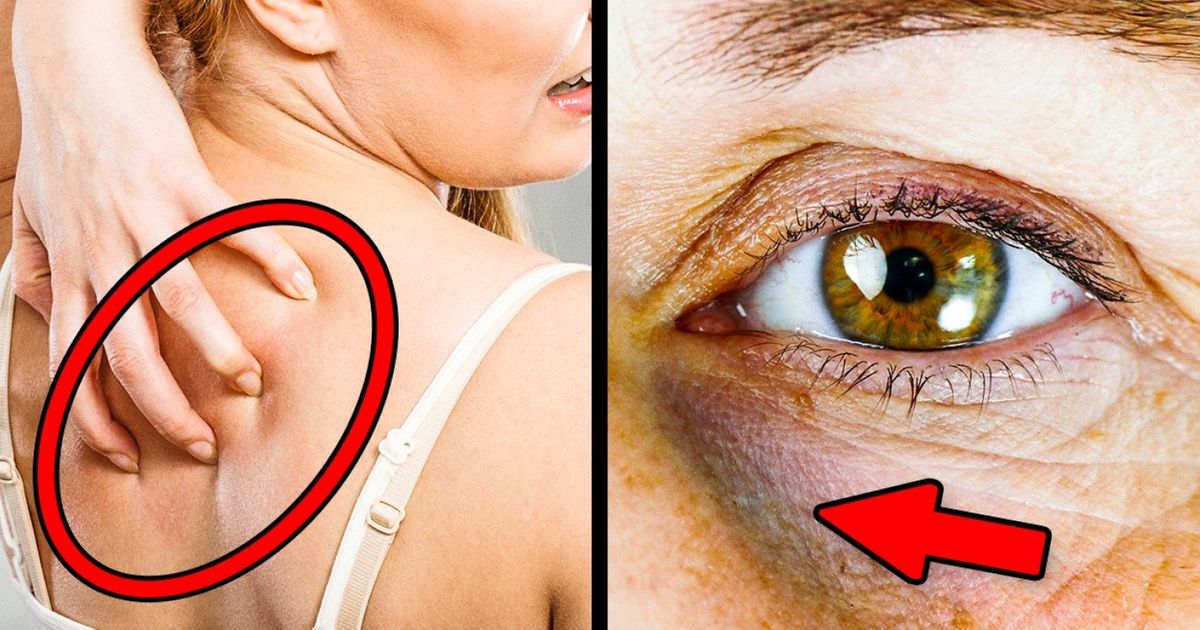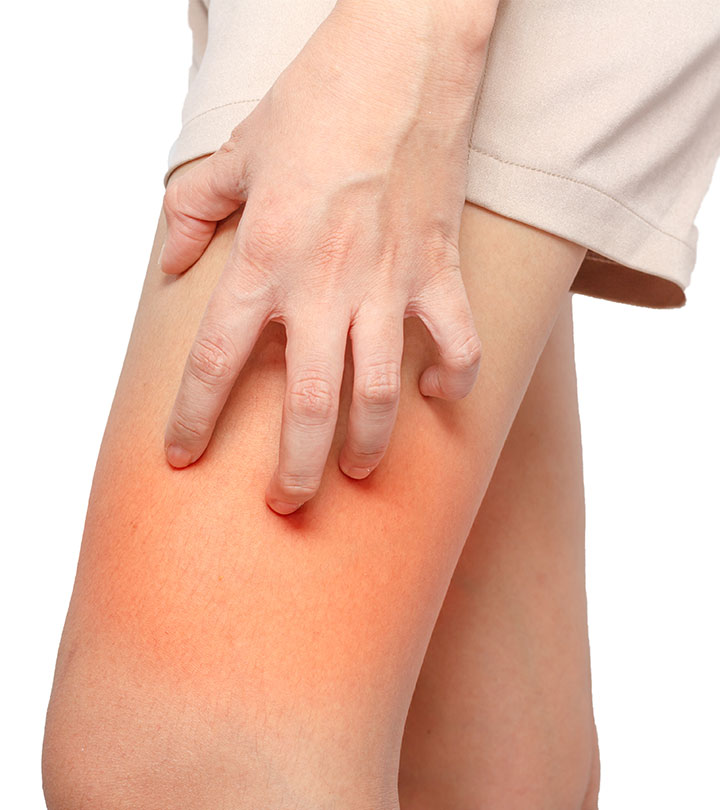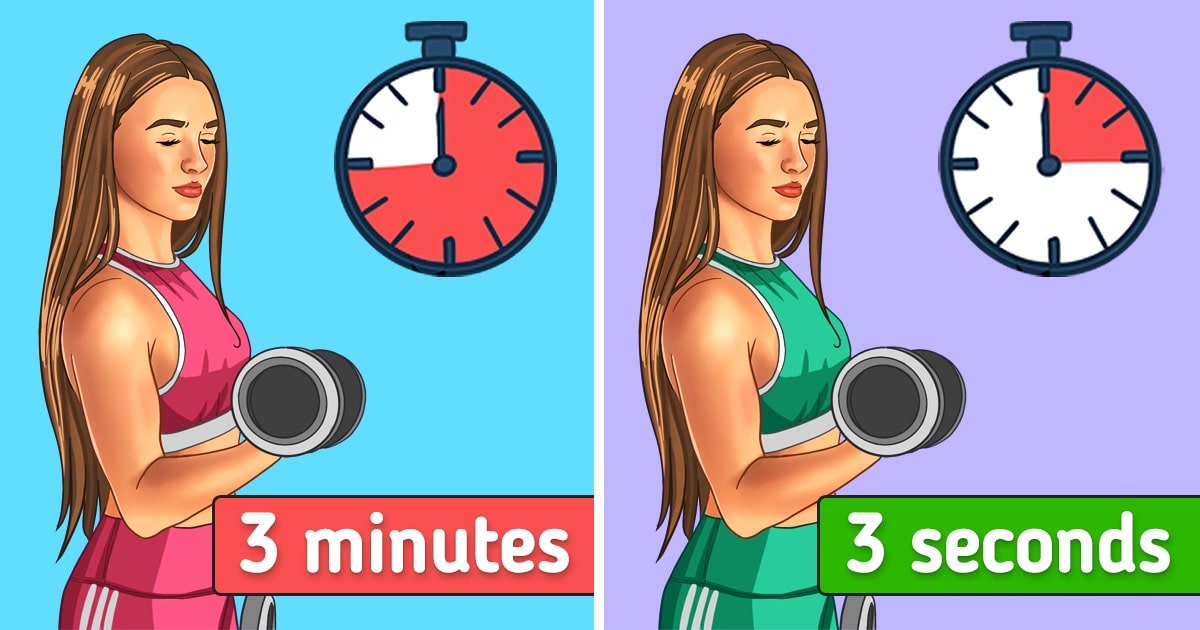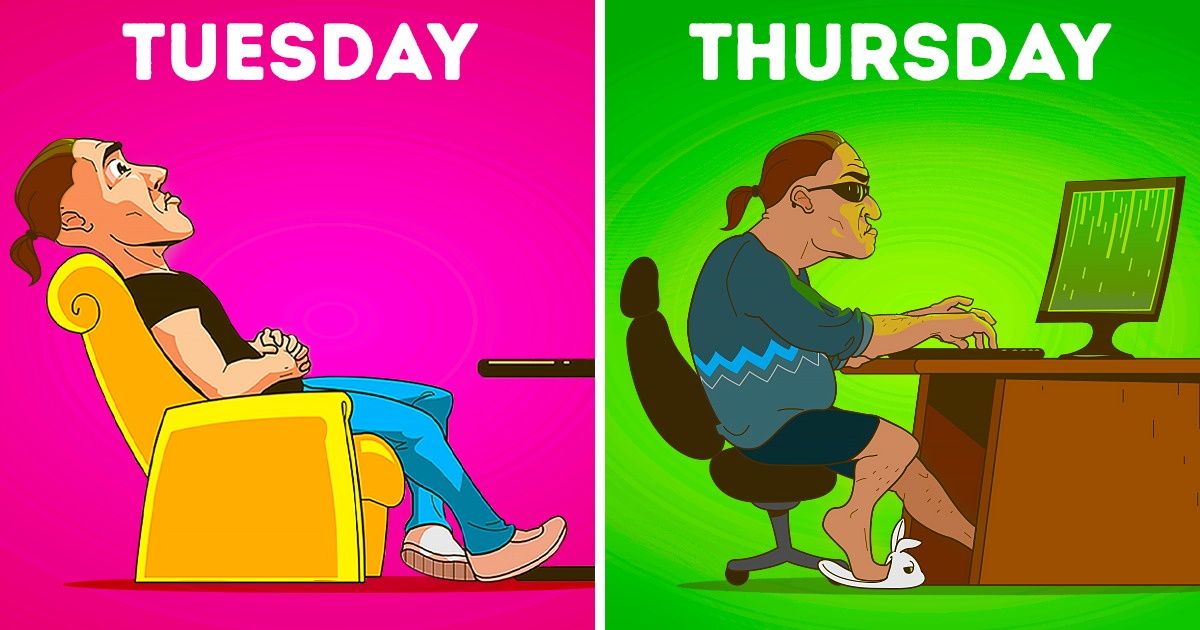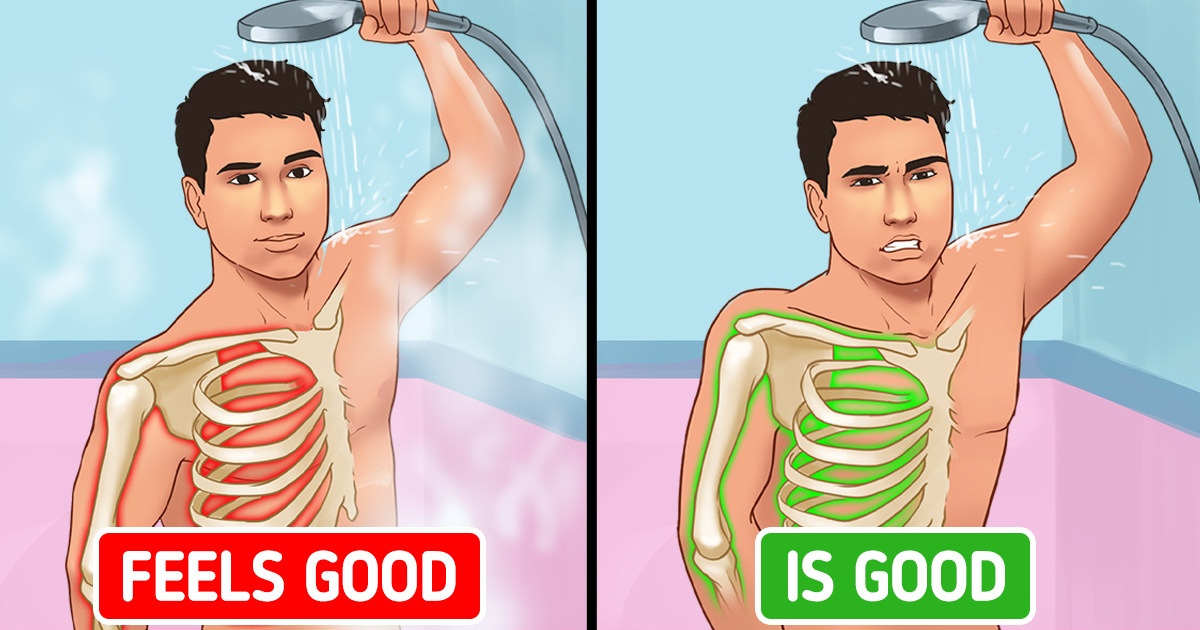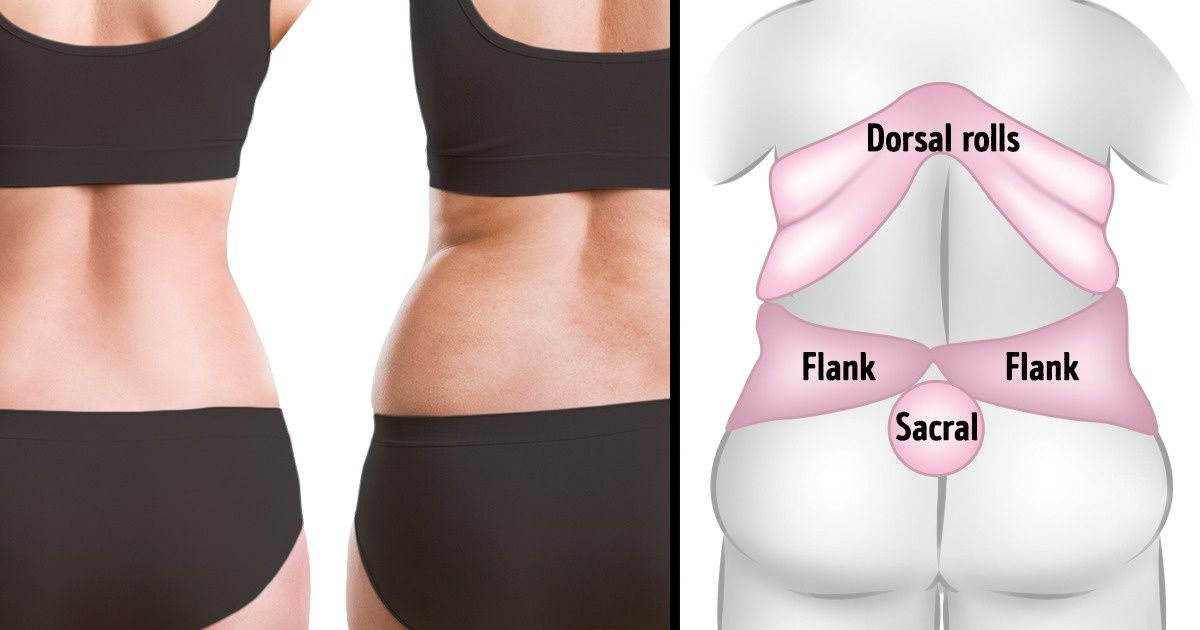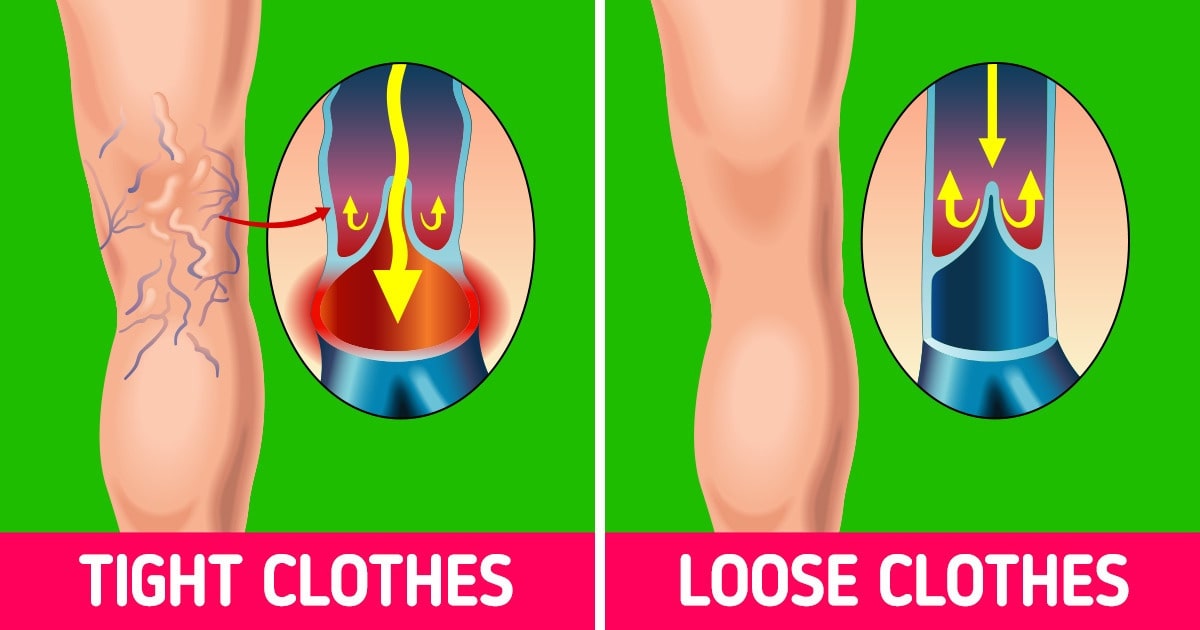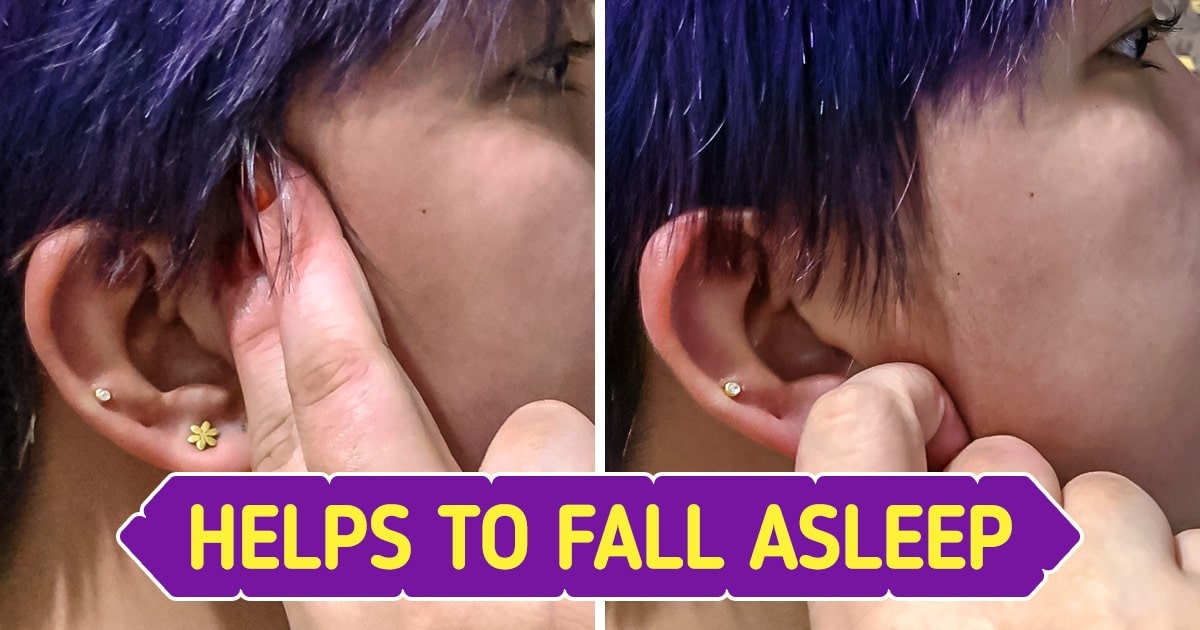In today’s fast-paced world, maintaining optimal health is more challenging than ever. Men and women face unique health conditions that require tailored approaches for prevention, diagnosis, and treatment. This comprehensive guide explores 8 critical health conditions impacting men and women differently—ranging from cosmetic issues like hair loss and acne to serious chronic conditions such as multiple sclerosis and heart disease. Our goal is to provide clear insights, practical prevention strategies, and treatment options that are both effective and evidence-based.
Whether you’re looking for the latest treatments for hair loss or ways to mitigate stroke risk, read on to discover tailored health insights for both men and women.
Gender And Disease
Understanding Hair Loss in Men and Women: Causes, Treatments, and Prevention
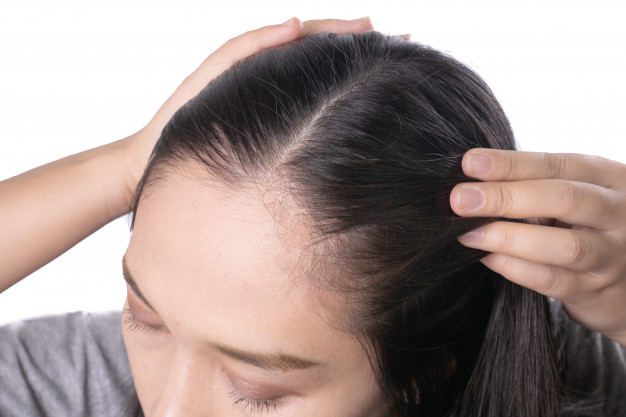
Hair loss is not just a cosmetic concern—it can be a significant indicator of underlying health issues. While male pattern baldness is common among men, women can also experience hair thinning due to hormonal changes, stress, and nutritional deficiencies.
Causes and Risk Factors
- Genetics and Hormonal Changes: Androgenetic alopecia is common in both sexes but manifests differently. Men often experience a receding hairline, while women may notice overall thinning.
- Stress and Lifestyle Factors: Chronic stress, poor nutrition, and certain medications can trigger hair loss in both genders.
- Underlying Medical Conditions: Thyroid disorders, autoimmune diseases, and even iron deficiency are closely linked to hair loss. For detailed insights, consider visiting the Mayo Clinic’s hair loss resource.
Treatment Options and Prevention
- Medications and Therapies: FDA-approved treatments such as minoxidil and finasteride can be effective. Platelet-rich plasma (PRP) therapy is emerging as a promising treatment.
- Lifestyle Modifications: A balanced diet rich in vitamins, regular exercise, and stress management techniques can help maintain healthy hair.
- Dermatological Consultations: Regular check-ups with a dermatologist ensure early detection and management of any underlying issues.
By focusing on comprehensive care and early intervention, both men and women can manage hair loss effectively while boosting overall self-confidence.
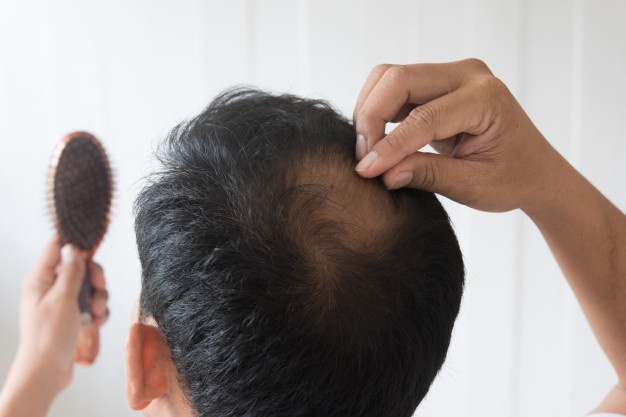
Comprehensive Acne Solutions for Both Genders: Causes, Treatments, and Skin Care
Acne is often seen as a teenage problem, but it can affect individuals well into adulthood. Men and women experience acne differently, with variations in severity, hormonal triggers, and skin care needs.
Understanding Acne in Men and Women
- Hormonal Fluctuations: Women often experience acne due to hormonal changes related to menstrual cycles, pregnancy, or polycystic ovary syndrome (PCOS). Men may encounter acne spikes due to testosterone fluctuations.
- Skin Types and Environmental Factors: Oily skin, stress, and environmental pollutants contribute to acne severity in both genders. For a deep dive into acne causes, visit WebMD’s acne guide.
Effective Treatments and Skincare Routines
- Topical and Oral Medications: Retinoids, benzoyl peroxide, and antibiotics are common treatments. In severe cases, hormonal therapies or isotretinoin may be prescribed.
- Customized Skincare Routines: Gentle cleansing, non-comedogenic moisturizers, and sunscreen are essential. Tailoring skincare routines based on skin type and sensitivity is key to managing acne.
- Professional Dermatology Services: Consultation with dermatologists can lead to personalized treatment plans, ensuring both men and women receive the best care possible.
Adopting a proactive skincare regimen and seeking timely medical advice can greatly reduce the impact of acne, leading to improved skin health and overall well-being.
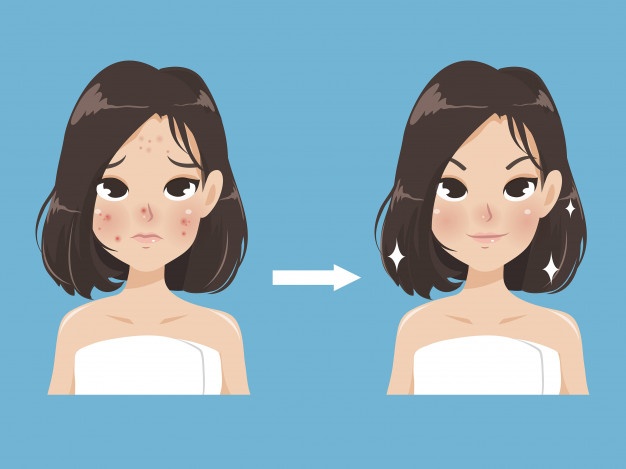
Multiple Sclerosis: Gender Differences in Symptoms, Diagnosis, and Management
Multiple sclerosis (MS) is a chronic autoimmune condition that affects the central nervous system. Interestingly, the prevalence and progression of MS differ between men and women, influencing both diagnosis and treatment strategies.
Recognizing the Gender-Specific Impact
- Higher Incidence in Women: Studies indicate that women are two to three times more likely to develop MS than men, possibly due to hormonal and genetic factors.
- Symptom Variability: Women often report more sensory disturbances and cognitive issues, whereas men may experience faster disease progression. For further information, the National Multiple Sclerosis Society offers extensive resources.
Diagnostic Challenges and Treatment Strategies
- Advanced Diagnostic Tools: Magnetic resonance imaging (MRI) and spinal fluid analysis are crucial for early detection. Accurate diagnosis is vital for initiating disease-modifying therapies.
- Tailored Treatment Plans: Immunomodulatory drugs, physical therapy, and lifestyle modifications form the backbone of MS management. Gender-specific treatment plans can address the unique challenges faced by each group.
- Research and Support: Ongoing clinical trials and support groups provide valuable insights and hope for improved quality of life.
By recognizing the gender-specific manifestations of MS, healthcare providers can offer more personalized and effective care for those living with this challenging condition.
Osteoporosis Prevention and Treatment: Gender-Specific Insights for Bone Health
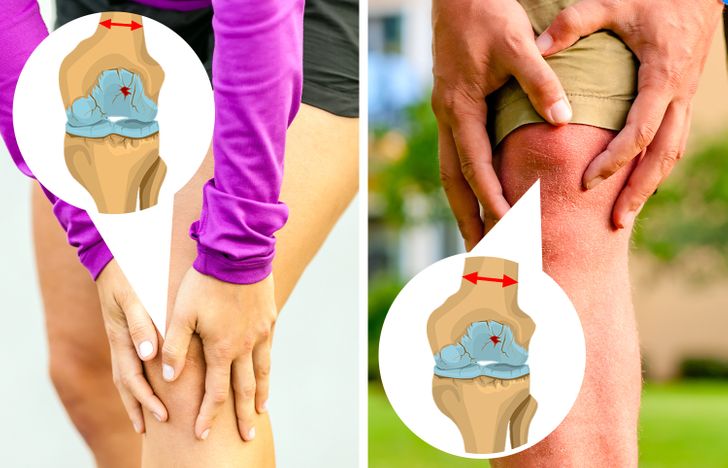
Osteoporosis is often viewed as a women’s health issue, but men are also at risk, particularly as they age. This condition, characterized by reduced bone density and increased fracture risk, demands proactive prevention and targeted treatment.
Understanding the Risks for Men and Women
- Postmenopausal Women: The drop in estrogen levels after menopause accelerates bone loss in women. Women are, therefore, at higher risk for osteoporosis.
- Men’s Bone Health: While less common, osteoporosis in men can lead to severe complications if not diagnosed early. Factors such as low testosterone levels and lifestyle choices play a significant role.
- Nutritional Deficiencies: Insufficient calcium and vitamin D intake is a common risk factor for both genders. For more nutritional guidance, the National Osteoporosis Foundation is an excellent resource.
Preventive Measures and Effective Treatments
- Diet and Supplements: A diet rich in calcium, vitamin D, and other essential nutrients is crucial. Supplements may be recommended for those at risk.
- Regular Exercise: Weight-bearing and strength-training exercises help maintain bone density and reduce fracture risks.
- Medications: Bisphosphonates and hormone-related therapies can be effective. Tailored treatment plans that consider gender-specific risk factors are essential for optimal outcomes.
Implementing these preventive strategies and seeking regular medical advice can significantly reduce the risk of osteoporosis and improve long-term bone health.
Stroke Risks and Recovery: Gender Perspectives on Prevention and Rehabilitation
Stroke is one of the leading causes of death and disability worldwide. The risk factors, symptoms, and recovery trajectories can differ between men and women, making it crucial to adopt gender-specific approaches to prevention and rehabilitation.
Gender Differences in Stroke Incidence and Symptoms
- Risk Factors: Men generally experience a higher incidence of stroke at a younger age, while women are more likely to suffer strokes later in life. Factors such as high blood pressure, smoking, and diabetes contribute to these risks.
- Symptom Presentation: Women may experience atypical stroke symptoms such as fatigue, confusion, or general weakness. Recognizing these subtle signs is vital for timely treatment. The American Stroke Association provides comprehensive information on stroke symptoms and risk factors.
Prevention and Recovery Strategies
- Early Detection: Regular health screenings and monitoring of blood pressure, cholesterol, and diabetes are essential for stroke prevention.
- Acute Treatment: Timely administration of clot-busting drugs and other interventions can significantly improve recovery outcomes.
- Rehabilitation Programs: Customized rehabilitation programs that address physical, cognitive, and emotional recovery are crucial. Gender-specific rehabilitation can enhance the recovery process and overall quality of life.
By understanding the unique stroke risks and recovery needs of both men and women, individuals can take proactive steps to safeguard their health and improve recovery outcomes.
Heart Attack: Recognizing Gender-Specific Warning Signs and Treatment Options

Heart disease remains the leading cause of death globally. While both men and women are at risk of heart attacks, the warning signs and treatment responses can vary significantly between the genders.
Gender Variations in Heart Attack Symptoms
- Common Warning Signs in Men: Men often experience the classic symptoms of chest pain, shortness of breath, and pain radiating to the arm.
- Subtle Symptoms in Women: Women may exhibit less obvious signs, including nausea, fatigue, and back or jaw pain. This difference can lead to delays in diagnosis and treatment. For detailed information on heart attack symptoms, consult the American Heart Association.
Preventive Measures and Modern Treatments
- Lifestyle Interventions: Regular physical activity, a heart-healthy diet, and smoking cessation are critical preventive measures for both genders.
- Medical Interventions: Advances in interventional cardiology, including angioplasty and stenting, have revolutionized heart attack treatment. Gender-tailored medical strategies ensure that both men and women receive optimal care.
- Rehabilitation and Support: Cardiac rehabilitation programs, which include physical therapy, counseling, and nutritional advice, play a vital role in recovery. These programs are designed to meet the specific needs of each gender.
Understanding the gender-specific nuances of heart attack symptoms and treatment options can lead to earlier intervention and improved survival rates for both men and women.
Depression and Anxiety: Addressing Gender Differences in Mental Health
Mental health conditions like depression and anxiety affect millions worldwide, and their impact often varies between men and women. Recognizing these differences is essential for effective treatment and support.
The Gender Divide in Mental Health
- Prevalence and Manifestation: Women are statistically more likely to experience depression and anxiety, often influenced by hormonal changes, societal pressures, and life events. Men, however, may underreport symptoms due to stigma and cultural norms.
- Symptom Presentation: While women might express feelings of sadness and hopelessness, men may exhibit irritability, anger, or substance abuse issues. Recognizing these distinct patterns is key to accurate diagnosis. For further insights, explore resources available at the National Institute of Mental Health.
Tailored Treatments and Coping Strategies
- Therapeutic Interventions: Psychotherapy, cognitive-behavioral therapy (CBT), and medications such as antidepressants are commonly used. Treatment plans should be sensitive to gender-specific experiences.
- Lifestyle and Support Systems: Incorporating regular exercise, mindfulness practices, and building robust support networks can be highly beneficial. Gender-specific support groups and counseling services offer tailored strategies for recovery.
- Holistic Approaches: Integrating alternative treatments such as yoga, meditation, and nutritional support may complement traditional therapies. Both men and women benefit from a holistic approach to managing mental health.
By addressing the unique challenges that men and women face in mental health, we can pave the way for more effective treatments and stronger support systems.
Urinary Tract Infections: How They Affect Men and Women Differently and What You Can Do
Urinary tract infections (UTIs) are a common health issue that can affect both genders, though they are more prevalent in women due to anatomical differences. Understanding the risk factors, symptoms, and treatment options is key to effective management.
UTI Risk Factors and Gender-Specific Symptoms
- Higher Incidence in Women: Women have a shorter urethra, which makes it easier for bacteria to enter the urinary tract. Symptoms often include burning sensations, frequent urination, and lower abdominal pain.
- UTIs in Men: Though less common, UTIs in men can be more complicated and are often associated with an enlarged prostate or other underlying conditions.
- Early Detection: Recognizing early symptoms and seeking prompt treatment can prevent complications. For more detailed information, the Centers for Disease Control and Prevention (CDC) provides valuable resources.
Effective Treatment and Prevention Strategies
- Antibiotic Therapy: Prompt antibiotic treatment is typically required to clear infections and prevent recurrence.
- Hydration and Hygiene: Drinking plenty of water and maintaining proper hygiene are crucial preventive measures.
- Lifestyle Adjustments: For recurrent UTIs, lifestyle modifications, such as dietary changes and probiotic use, can be beneficial. Regular medical check-ups are essential for managing and preventing complications.
By understanding the unique challenges posed by UTIs in both men and women, you can adopt preventive measures and seek timely treatment to ensure optimal urinary health.
Conclusion: Empowering Your Health Through Informed Decisions
In conclusion, the 8 critical health conditions discussed—hair loss, acne, multiple sclerosis, osteoporosis, stroke, heart attack, depression and anxiety, and urinary tract infections—each affect men and women in distinct ways. Recognizing these differences is the first step toward personalized healthcare and effective treatment.
By staying informed, maintaining a healthy lifestyle, and seeking professional medical advice, you can manage these conditions proactively. We encourage readers to explore additional resources from reputable organizations such as the Mayo Clinic, American Heart Association, and National Institute of Mental Health for further guidance.
Taking control of your health means understanding the unique challenges you face and acting on the best available evidence. Remember, whether you’re dealing with cosmetic issues like hair loss or serious conditions like heart disease, early intervention and tailored treatment strategies can make all the difference in achieving optimal health outcomes.
Preview photo credit depositphotos.com, depositphotos.com

